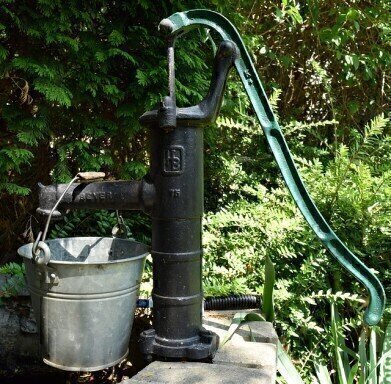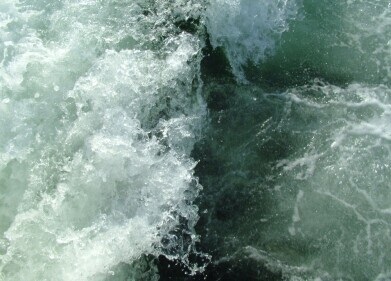Environmental Laboratory
Can Water Pumps' "Good Vibrations" Help Determine Groundwater Levels?
Mar 14 2017
When installing and repairing water pumps, it’s necessary for researchers to determine the extent of the groundwater below. It means they can better determine the longevity of the water source and consequently make necessary repairs to wells. But so far, researchers have struggled to obtain a high level of accuracy. Read on to see how the vibrations of water pumps could change that.
Water is life
While humans can survive approximately three weeks without food, they need water to keep going for anything over seven days. In boiling heat, this timespan becomes even shorter. And if the all-important water source is contaminated, it can easily cause a range of deadly diseases.
Across Africa, rivers and lakes provide a hugely important source of fresh water. But it’s actually just one percent of the amount of water beneath the ground. This huge resource requires wells and pumps for access, and can give communities an abundance of hydration.
Monitoring the water as it's pumped
In most cases the water is brought up using a simple up-and-down hand pump. In a 2012 study by Oxford scientists, data transmitters were fitted to 60 villages’ pumps in Kenya to track their efficiency. Water pumps that were not extracting enough water would send an alert, allowing them to be repaired quicker.
However, more recently, scientists have found a new purpose for the transmitters. Studying the data, they found that different vibrations are produced depending on the depth of water in the aquifer – the body of rock containing the water underground. Using this information, they will hopefully be able to predict problems with wells much earlier on and plan ahead.
“In East Africa at the moment there's quite a severe drought, in South Sudan, Somalia, Ethiopia and Kenya, and a lot of this might be dealt with earlier with these sorts of systems,” says Dr Rob Hope of Oxford University. “If you can predict that groundwater levels are going down rapidly, rather than getting to problem and dealing, with it you can predict it much earlier on.”
Groundwater sampling
As well as advances in groundwater detection, the field of groundwater sampling has progressed massively over the years. Old wells were traditionally made from PVC, with potential contamination from glue and soil, as well as the possibility of PVC collapsing in petrol polluted soil. These issues can, however, be eliminated by using new materials and methods, as discussed in the article ‘Groundwater Samples and monitoring wells’.
Digital Edition
IET 34.2 March 2024
April 2024
Gas Detection - Biogas batch fermentation system for laboratory use with automatic gas analysis in real time Water/Wastewater - Upcycling sensors for sustainable nature management - Prist...
View all digital editions
Events
Apr 30 2024 Melbourne, Australia
Apr 30 2024 Birmingham, UK
May 03 2024 Seoul, South Korea
May 05 2024 Seville, Spain
May 06 2024 Minneapolis, MN, USA


















